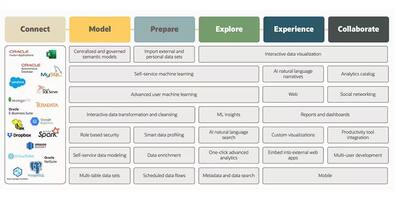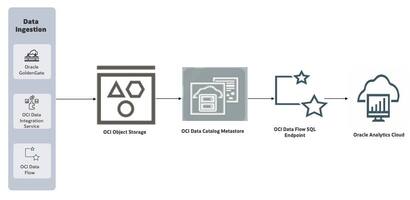
When some companies decide to modernize their information systems, they're merely playing catch-up. Hormel Foods took a different approach: "Catch us if you can."
Hormel Foods now supports its portfolio of 50-plus iconic brands with business software on a single platform, Oracle Cloud Applications. It's a move that has raised a few eyebrows in the food industry but not uncommon for a company that has spent 130 years at the forefront of innovation. Occasionally, Jim Sheehan, executive vice president and chief financial officer, gets phone calls from disbelieving peers. "They'll say, 'You're not running one instance of Oracle for all your brands, are you?' The answer is, 'Yeah, we actually are. And it's a huge advantage.'"
That advantage came into play with the company's blockbuster deal in February 2021 to acquire the Planters brand for $3.35 billion. Running the business on one cloud makes it simpler to integrate or bring in acquired companies. "Moving Planters onto Oracle Cloud is much easier than moving it onto a home-built system, especially from an HR and payroll perspective," says Mark Vaupel, vice president of IT at Hormel Foods. "With all the data in one place, we all speak the same language, which helps as we move and integrate data, add people to payroll, get benefits information, set up accounts and so forth. We've got a proven playbook."
The Austin, Minnesota-based company started writing that playbook several years ago, when its leaders realized they needed a major change to their information technology. As a global-branded food company with leading brands in the CPG and food service space, Hormel Foods is a fast adopter of technology and uses agile innovation in its processes and systems. Among its most notable brands are: Planters, SKIPPY, SPAM, Hormel Natural Choice, Applegate, Justin's, Wholly, Hormel Black Label, and Columbus.
As the company continues to make strategic acquisitions, it has acquired different IT systems. "We had various systems for various companies that did not interface well together," Sheehan says. "They did not provide us with a clear view of the company's performance, were difficult to maintain, and honestly, had become a burden to our competitiveness."
In some cases, the human capital management (HCM) and enterprise resource planning (ERP) applications hadn't been upgraded in over 15 years. Some systems depended on a single person-"whoever remained who understood the code it was written on," Sheehan says. Adding to the complexity, Hormel Foods had customized many of its applications to meet the needs of individual brands.
As the company tackled these challenges, its goal wasn't just to even the playing field. "We wanted to be in the lead," Sheehan says. "We were trying to make a generational shift and leapfrog our competitors."




